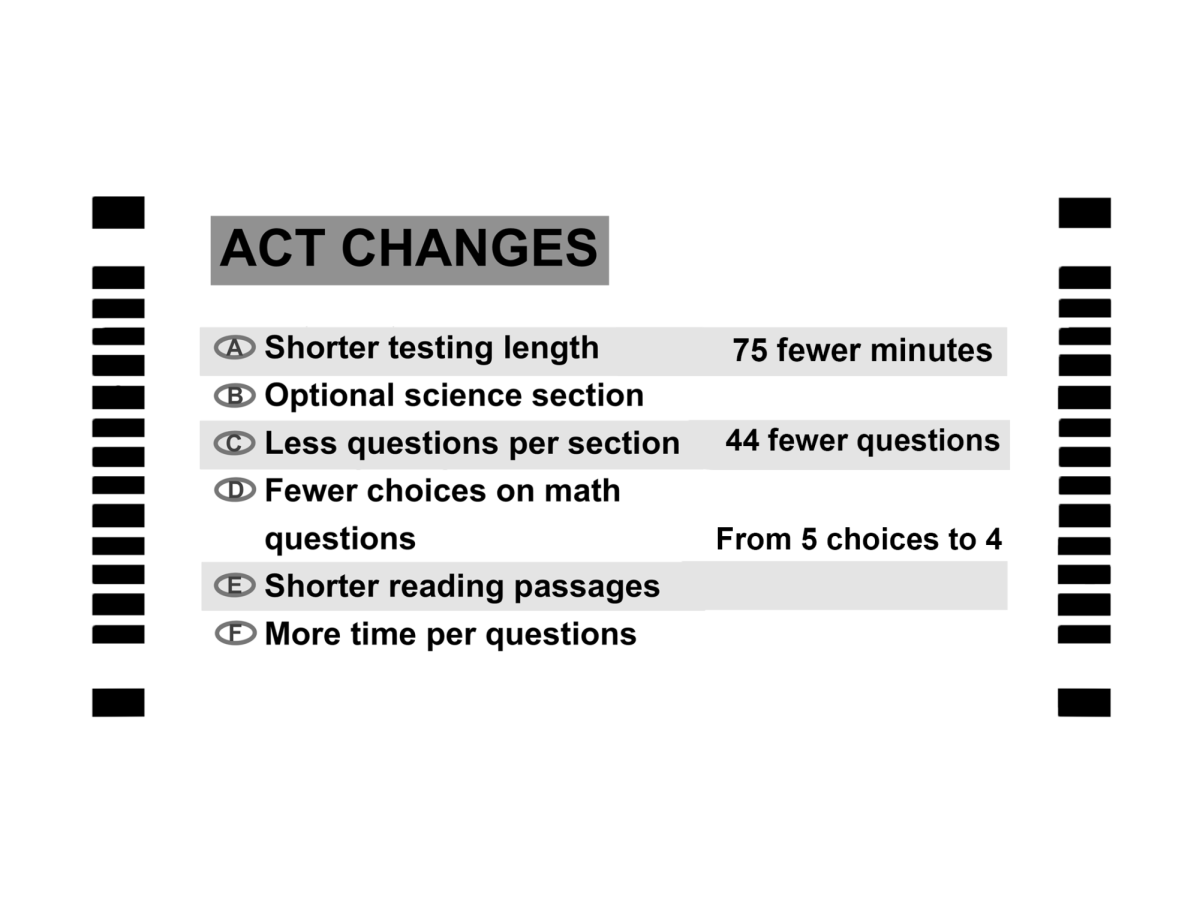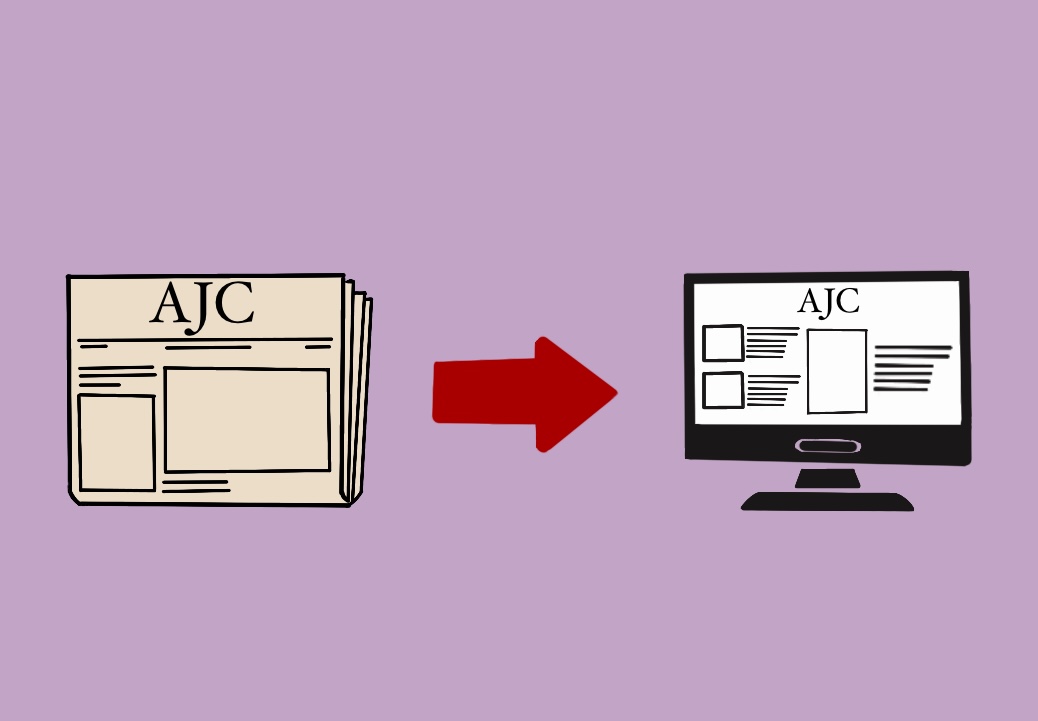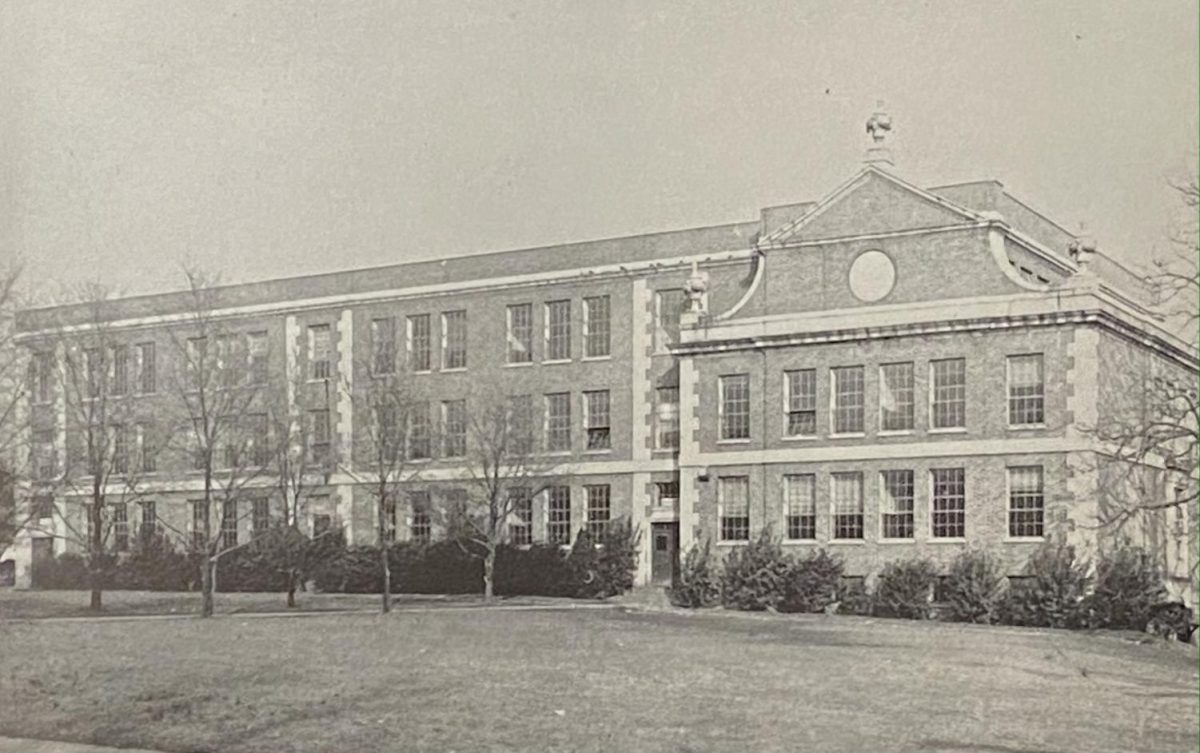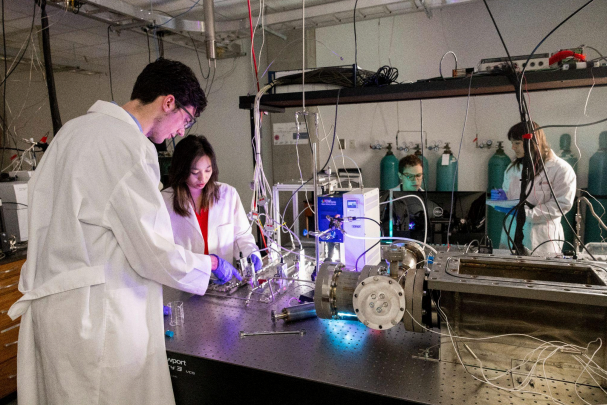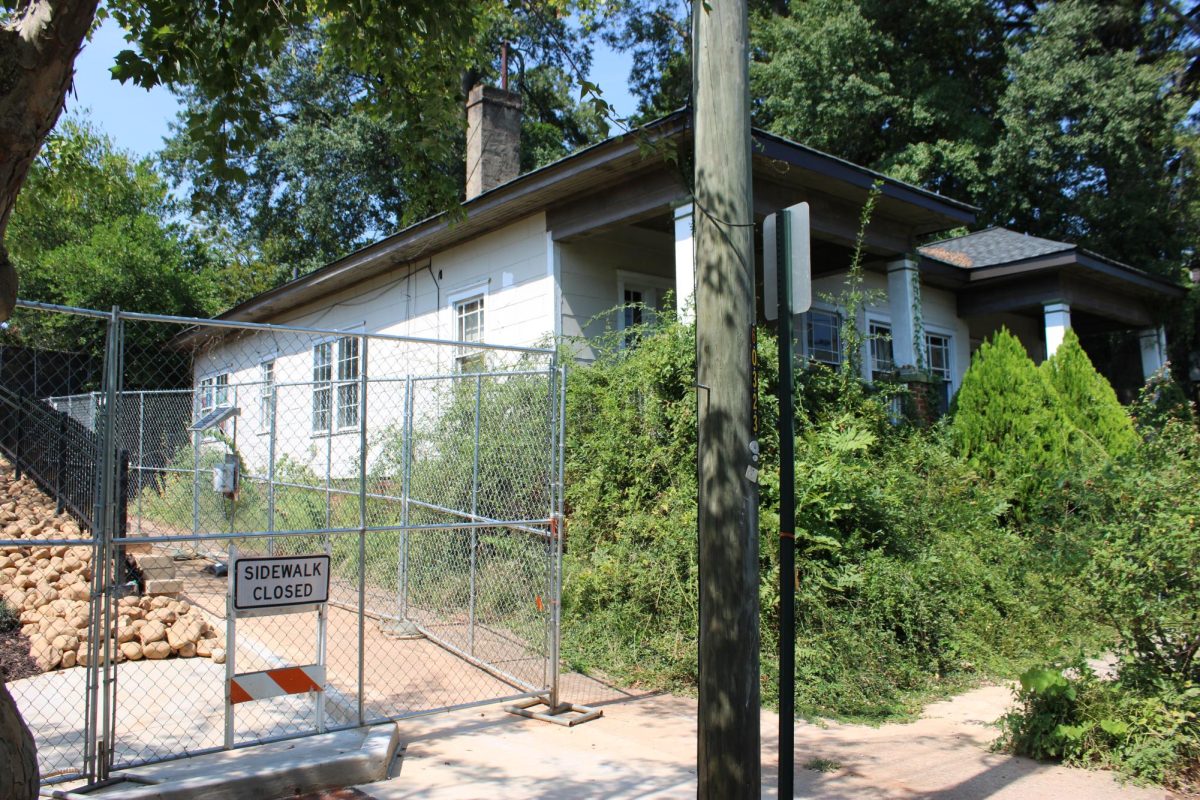
Over the past month, students around Atlanta Public Schools’ high schools may have seen crews in their media centers and certain classrooms. These crews are tasked with taking down the Promethean boards that have hung on the walls of APS classrooms for about seven years to replace them with a interactive panels.
The replacement of every board in the district is scheduled to take place over the next three years and cost APS $16 million. According to Aleigha Henderson-Rosser, APS Director of Instructional Technology, the update is long overdue, as instructional technology such as the Promethean Boards becomes outdated within about five years.
“We wanted to get away from that old type of board and really come into the 21st century with this new type of board,” Henderson-Rosser said.
To replace the outdated boards, APS has selected two new systems — one for elementary schools and one for middle and high schools. The district worked to ensure that each system is tailored to better serve the needs of the age group it is designed for, however, the operation is generally the same. Unlike the old boards, the replacements do not require a projector, and instead display images on an LED screen, a difference that Henderson-Rosser is excited about.
“One of the goals was to get away from the projector because [sometimes] in a classroom the board is there and the projector is out and there is literally nothing you can do,” Henderson-Rosser said. “Projector bulbs can cost a couple hundred dollars and are difficult to replace.”
Henderson-Rosser also pointed out that LED screens don’t have the problems with image quality that projectors present.
“The [new boards] are very high definition,” Henderson-Rosser said. “[They are] very crisp, very clear; so, even if you are in the back of the classroom, the images aren’t muted.”
The new system is more than just a board, however. Each board comes with a new sound system, a high-definition document camera, a wireless tablet that teachers can control the designed built-in computer running Windows 8. As a result, unlike the old system that could only project images from a laptop or DVD player, the new boards can be operated without an external device.
Media Specialist Brian Montero sees this as a big plus, especially for teachers who utilize the media center for lessons.
“It will be more convenient for teachers to use because they wouldn’t need their laptop,” Montero said. “They could leave their laptop up in their classroom and bring their class down [to the media center] and just get on the board.”
Not all, however, are so enthusiastic about the change. Science teacher Ben Sellers believes that the replacement is an unnecessary cost that will do more harm than good to his lessons.
“I’m not excited about [the upgrade] because all of the quizzes and presentations that I do will have to be redone in a different format, and I don’t see that there is a problem with these [current] boards,” Sellers said. “I think that it is a waste of money. [On] the new screens, the resolution is better, and I support that, but we’ll have to go back to using PowerPoint or something which I think is an inferior program to Promethean software.”
Henderson-Rosser acknowledges that there is a significant cost associated with updating district-wide classroom technology, but says that her department believes that having the best technology available for educators to use and to integrate into their lessons is money well spent.
“Technology planning, if it’s done well, is pretty feasible to do,” Henderson-Rosser said. “We would definitely have to make provisions in the budget for it; we just have to make it our priority. If we say we are a world-class district that believes in students being college and career ready, we have to put our money where our mouth is. We can not let the technology get old; we just can’t do it. It’s a disservice to our students.”
According to Henderson-Rosser, for the Department of Instructional Technology, the replacements have a much greater impact than they appear to have. Henderson-Rosser believes the upgrade will contribute to the C4 classroom. This term for the ideal 21st-century classroom draws its name from the use of technology for critical thinking, creativity, communication and collaboration.
The software built into the new boards aims to make working together and sharing ideas a little easier. Programs that come pre-installed on the middle and high school system will allow up to six students to share their work from a personal device with the classroom screen.
Henderson-Rosser sees the collaborative features as an opportunity for students. She would ultimately like to see the district provide each student with his or her own device to be used to improve their education. Despite recognizing the magnitude of such an aspiration, Henderson-Rosser believes technology and students’ ability to use it is the key to success in an ever-progressing world, and that it is the responsibility of their schools to provide them with such experience.
“If we are asking students to be college and career ready, then we have to give them these tools, because as soon as [students] leave to go into college or go into a career, [they] have to be familiar with software packages, with HTML5, with Flash, with coding, with how to navigate and use a device,” Henderson-Rosser said. “We don’t want that to be something that our students have not been exposed to once they graduate from high school.”



